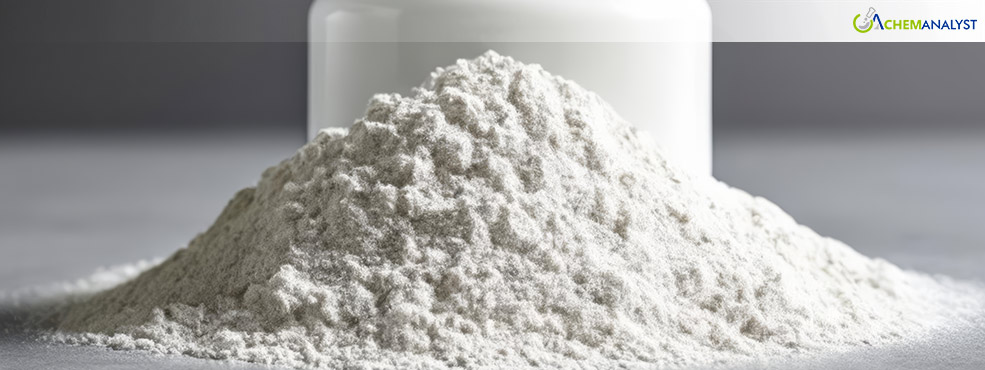H.M. Pectin Market Sees Continued Growth in Demand and Sales Across the U.S
- 24-Oct-2024 6:30 PM
- Journalist: Francis Stokes
The U.S. market for High Methoxyl (H.M.) Pectin continues to experience a steady rise in demand and sales through October 2024, driven by several key factors despite the backdrop of ongoing global trade challenges. The confluence of rising demand across various sectors and external market pressures has shaped the H.M. Pectin landscape in the U.S., positioning it as a resilient product even in uncertain economic conditions.
The upward trend in H.M. Pectin demand is supported by several factors, particularly driven by the food and beverage industry in the U.S., where natural ingredients are increasingly prioritized by consumers. H.M. Pectin is widely used as a gelling and stabilizing agent in jams, jellies, dairy products, and fruit-based preparations. The rise of organic, plant-based, and clean-label products has accelerated its adoption, especially as it serves as a plant-based alternative to animal-derived gelatin in products like non-dairy yogurts and plant-based desserts. With the growing popularity of vegan food trends, manufacturers are increasingly using H.M. Pectin to improve the texture and shelf-life of these products. Moreover, the nutraceutical and pharmaceutical sectors have further driven demand for H.M. Pectin, owing to its prebiotic dietary fiber benefits and its role as a stabilizer in drug formulations. As health and wellness become more significant consumer priorities, pectin's use in dietary supplements, chewable tablets, and functional foods has expanded, enhancing its market presence. This growing demand across multiple industries solidifies H.M. Pectin's role as an essential ingredient in both food production and health-related products, contributing to its rising market influence.
The market for H.M. Pectin, however, has not been immune to external pressures, particularly the impact of trade disputes between the U.S. and China. The September 2024 escalation in trade tensions, resulting in new tariffs and import restrictions, has significantly affected the cost of raw materials and finished products imported from China, one of the key suppliers of H.M. Pectin and other citrus-based ingredients. These trade barriers have led to higher import prices for H.M. Pectin, increasing costs for U.S. manufacturers who rely on Chinese imports for production. The downstream effects have been particularly pronounced, with higher raw material costs being passed on to end-users across the food, beverage, nutraceutical, and pharmaceutical sectors. This has led to an increase in production costs for pectin-based products, putting pressure on manufacturers and consumers alike.
Despite these challenges, the underlying demand for H.M. Pectin remains strong. Manufacturers have attempted to mitigate the cost increases through supply chain diversification, sourcing from alternative markets, and improving production efficiency. Nonetheless, the higher import costs due to the U.S.-China trade dispute are expected to persist, continuing to influence pricing in the coming months as well. In conclusion, the rising demand for H.M. Pectin, supported by broad applications and consumer trends, is tempered by higher costs driven by U.S.-China trade tensions. The market is expected to remain strong, but price volatility will be a key consideration for the industry moving forward.



